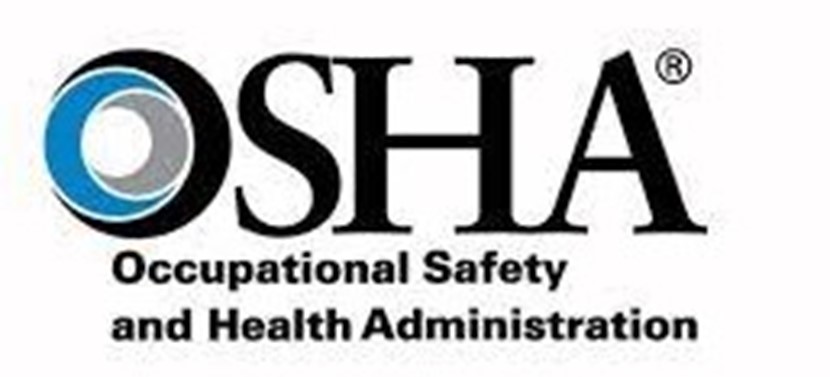A client states, "I am worried about my insulin.
I have no money, and my insurance doesn't cover the insulin.
I can't control my sugar." The nurse responds by stating, "You are worried about affording insulin." What type of therapeutic communication is this an example of?
Establishing trust.
Using silence
Restating
Reassuring
The Correct Answer is C
This is an example of restating.
Restating is a therapeutic communication technique where the nurse repeats what the client has said in their own words to show that they are listening and to clarify the client’s message.
Choice A is incorrect because establishing trust involves building a relationship with the client and is not demonstrated in this example.
Choice B is incorrect because using silence involves allowing for pauses in the conversation to give the client time to think and reflect, which is not demonstrated in this example.
Choice D is incorrect because reassuring involves providing comfort and support to the client, which is not demonstrated in this example.
Nursing Test Bank
Naxlex Comprehensive Predictor Exams
Related Questions
Correct Answer is C
Explanation
The priority nursing intervention when a client begins to fall while ambulating is to guide the client safely to the floor.
This can help prevent injury and ensure the safety of the client.

CHOICE A. Initiating a code is not necessary for this situation as it is not a medical emergency.
CHOICE B AND D : Calling the charge nurse or the client’s doctor may be appropriate after the client has been safely guided to the floor and their condition has been assessed
[B] [D].
Correct Answer is B
Explanation
The mission of the Occupational Safety and Health Administration (OSHA) is to ensure safe and healthful working conditions for workers by setting and enforcing standards and by providing training, outreach, education, and assistance1.
This was established by Congress with the Occupational Safety and Health Act of 19701.

Choice A is incorrect because OSHA’s mission is focused on protecting workers, not clients.
Choice C is incorrect because OSHA’s focus is on preventing work-related injuries, illnesses, and deaths, not injuries a nurse may incur at home.
Choice D is incorrect because OSHA’s mission is not focused on reducing client falls or providing emotional support.
Whether you are a student looking to ace your exams or a practicing nurse seeking to enhance your expertise , our nursing education contents will empower you with the confidence and competence to make a difference in the lives of patients and become a respected leader in the healthcare field.
Visit Naxlex, invest in your future and unlock endless possibilities with our unparalleled nursing education contents today
Report Wrong Answer on the Current Question
Do you disagree with the answer? If yes, what is your expected answer? Explain.
Kindly be descriptive with the issue you are facing.
